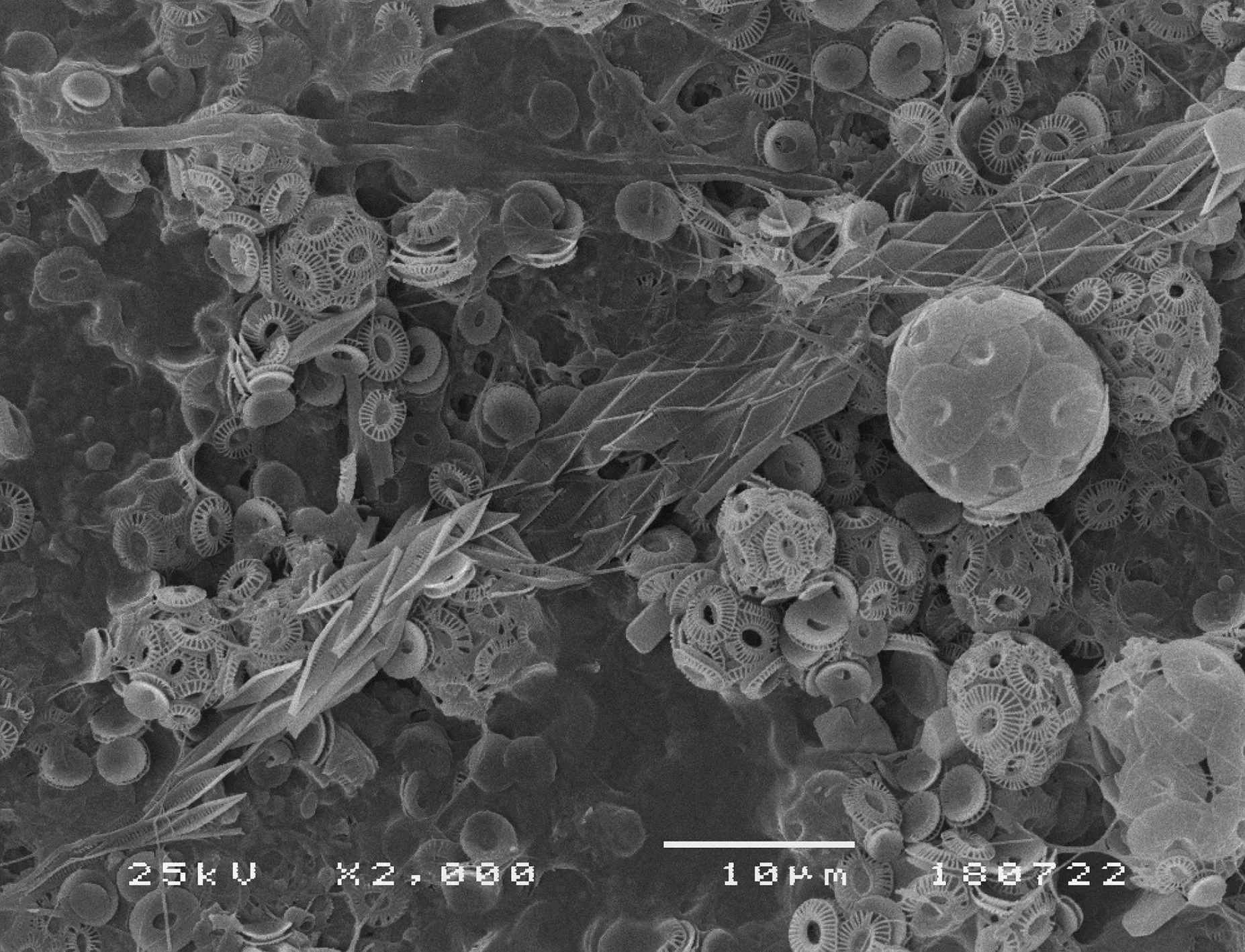EARTH SCIENCE CASES
PRIMUS will maximise the scientific and societally-relevant outputs of the Experimental 4DAtlantic datasets through nine science cases addressing science questions of relevance to EBUS.
NPP in the Atlantic EBUS in relation to upwelling and climate indices
This science case will involve a comparative analysis of the 25-year time-series of NPP data for the Iberian, Canary and Benguela systems in relation to upwelling indices, in comparison with different temporal variables and climate indices, such as the North Atlantic Oscillation (NAO). Lead by Dr. Gavin Tisltone (PML).
High resolution NPP from the MERIS/OLCI time series focussed on the Galician Rias
Here, we will evaluate the experimental high resolution (300m) estimates of NPP from MERIS and OLCI series of data, by exploiting the unique capabilities of the Envisat MERIS and Sentinel 3 OLCI data, and compared it with in situ PP observations from the Galician Rias. Lead by Dr. Gavin Tisltone (PML).
Here are the different resolutions in Chl-a maps for the Portuguese and Galician upwelling as seen with a) OC CCI 4km monthly Sep 2019; b) OC CCI 4km daily 13 Sep 2019; c) OC CCI 1km daily 13 Sep 2019; d) Sentinel 3 OLCI full resolution (300m) 13 Sep 2019.
Lagrangian estimation of NPP in upwelling systems
This study is for developing and evaluating the Lagrangian productivity method in EBUS (see Jönsson et al., 2009), taking advance of PRIMUS’ ideal opportunities with accessing to in-situ observations, high-resolution NPP estimates based on Eulerian approaches, and simulated ocean current velocity fields. Lead by Dr. Bror Jönsson (PML).
Above (a,b) is a cartoon describing how different particle trajectories are combined with satellite data. Black discs represent days with matchups between the trajectory positions and valid satellite data, white days represent days without matchups. Below (c,d) is the median change in SST and Chl-a over the year 2010 in an EBUS, based on daily fields calculated using velocity fields, satellite data, and Lagrangian particle tracking. Lines in the Chl panel indicate -0.1 (blue) and 0.1 (red) contours of SST.
CO2 flux and ocean acidification impact of upwelling events
In this case study, we want to evaluate the effect of individual upwelling events on CO2 flux and ocean acidification, using existing satellite, in situ and climatological datasets. We will also use output data from high-resolution circulation models to develop and apply regional algorithms to constrain at least two parameters in the carbonate system which then can be fully defined. Lead by Dr Peter Land (PML).
Carbon pools
Here, we will build on work performed within POCO and BICEP projects, focused on constraining carbon pools and fluxes in the ocean from EO products, and extend this approach towards EBUS regions. The new datasets and EO algorithms developed by PRIMUS will allow us to re-calculate regional carbon budgets and fluxes in the context of upwelling/non-upwelling region, hopefully improving ESA’s assessments of carbon pools and fluxes in the Atlantic while emphasising the importance of EBUS in the carbon cycle. Lead by Dr Shubha Sathyendranath (PML).
Eutrophication in the Iberian upwelling system
Here, we will focus on NPP and eutrophication indices for the Iberian coast in order to meet the requirements of the Marine Strategy Framework Directive reporting, specifically regarding Indicator 5 on Eutrophication through primary productivity. High resolution OLCI imagery (300m) will be used to assess localised effects of eutrophication on the NPP signature at specific locations along the NW Iberian coast adjacent to the river outflows. Lead by Dr Gavin Tilstone and Dr Peter Land (PML).
Relationship between NPP and fisheries in the Iberian Upwelling systems
This study will use PRIMUS time-series of Chl-a and NPP data to build on the work of Ferreira et al. (2021), in order to characterise the NPP phenology along the Portuguese coast and investigate its link to sardine recruitment in an inter-annual times series. PRIMUS data will also be very valuable for the analysis of IPMA data on sardine egg and larvae abundance, namely on the characterization of species habitat at various life stages. Lead by Prof Dr Vanda Brotas (MARE-FC.IC).
Chl-a bloom phenology metrics for the Iberian Peninsula as reported by Ferreira et al. (2021), based on daily 4 km ocean colour data from the ESA-OC-CCI. According to this study, highly heterogeneous blooms characterized by high-biomass tend to be stronger in late summer/early autumn, possibly triggered by nutrients supplied by upwelling and river discharge. It can also be seen from the figure that high resolution data would be useful close to the coast where there is strong variability due to the upwelling.
Comparison of sediment trap data in the Canary upwelling system using standard and Lagrangian approaches to primary production
Here, we will compare one year of sediment trap flux data produced by mineralising phytoplankton (including coccolithophores) in the Canary Current system (off Mauritania) with PRIMUS NPP data, using both standard and Lagrangian frameworks. With this study, we hope to advance existing understanding on the role of species-specific carbonate production in influencing the biological carbon pumps in the context of ocean warming. Lead by Dr. Catarina V. Guerreiro (MARE-IDL).
Here is a coccolithophore bloom at the surface of the ocean captured with a Scanning Electron Microscope (SEM) at 2000x. This sample was collected off Cape Blanc (sediment trap site CB, NW Africa).
This a sediment trap device about to be moored in the open NE Atlantic during the DUSTTRAFFIC expedition, on board RRV James Cook, March 2016.
Artificial Intelligence/Machine Learning and EBUS Productivity
This study is for exploring the computation of NPP based on AI/ML approaches to reproduce results in a more computationally efficient way. We will use PRIMUS output of the NPP modelling with the same inputs, to train a Deep Learning model (a multi-layer perceptron, similar to the implementation used in a PML-led study on retrieving chl-a estimates from absorption data; Graban et. al., 2020). Lead by Prof Steve Groom (PML).





